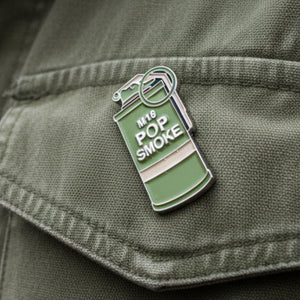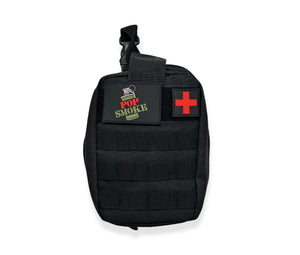Pentagon: We can lower military suicides by restricting guns
A Pentagon advisory committee focused on military suicides recently suggested increasing gun restrictions among other recommendations to lower the rate of suicides in the Armed Forces.

A Pentagon advisory committee focused on military suicides recently suggested increasing gun restrictions among other recommendations to lower the rate of suicides in the Armed Forces.
The Suicide Prevention and Response Independent Review Committee (SPRIRC) — created last year by Secretary of Defense Lloyd Austin — presented more than 125 recommendations in its report to gain control over military suicides.
Gear Spotlight: Relevant to This Story


Some of the more noteworthy — and seemingly arbitrary — recommendations include:
- Specialized firearm training for service members
- Creation of a task force to ensure transparency in promotions
- Implementing SOPs for DoD approved firearm safety training requirement
- A seven-day waiting period for any gun purchased on DoD property
- A four-day waiting period for ammunition purchases on DoD property
- Raising the minimum age for purchasing firearms and ammunition from 18 years to 25 on DoD property
The US military has one of the highest rates of suicide in the world. According to research 30,177 active-duty personnel and veterans who served in the military since 9/11 have died by suicide compared to the 7057 service members killed in combat in those same 20 years.
In 2020, 582 members committed suicide and in 2021, this number slightly reduced to 520. Around 67% of these suicides involved firearms.
According to the SPRIRC report, 78% of national guard suicides, 72% of reserve suicides and 66% of active-duty suicides were carried out by firearms.
Dr. Matthew Miller, a professor at the Harvard School of Public Health said that implementing these recommendations can ensure that service members who may be at risk of suicide are not able to access firearms when they are at their most vulnerable.
Previously, Miller conducted research which he argued linked household firearm ownership and storage practices to the risk of suicide, homicide and unintentional firearm accidents.
At this time however, it does not appear that Miller has any expertise on the ongoing problems faced by service members such as military sexual assault, crippling depression, institutionally normalized alcohol dependency, or being treated like a piece of property without feelings or autonomy for years by the nation you sacrificed your life to serve.
In recent years, the Department of Defense has implemented several initiatives to address the issue of military suicides, including increased mental health resources and suicide prevention training. However, the recent recommendations found that more needs to be done to reduce access to firearms, which is a significant risk factor for suicide among service members.













